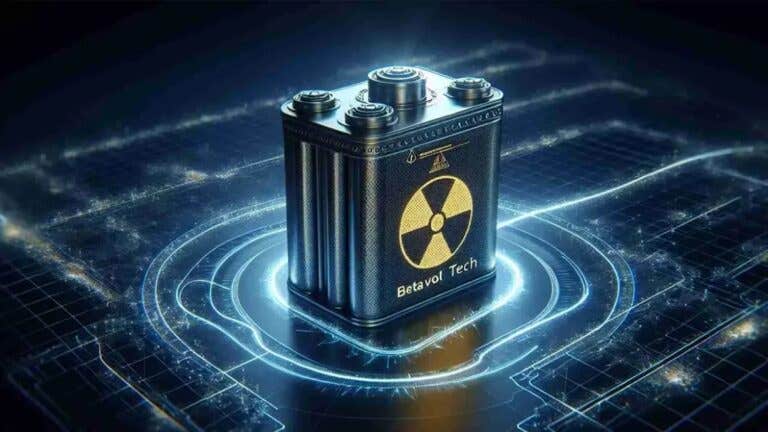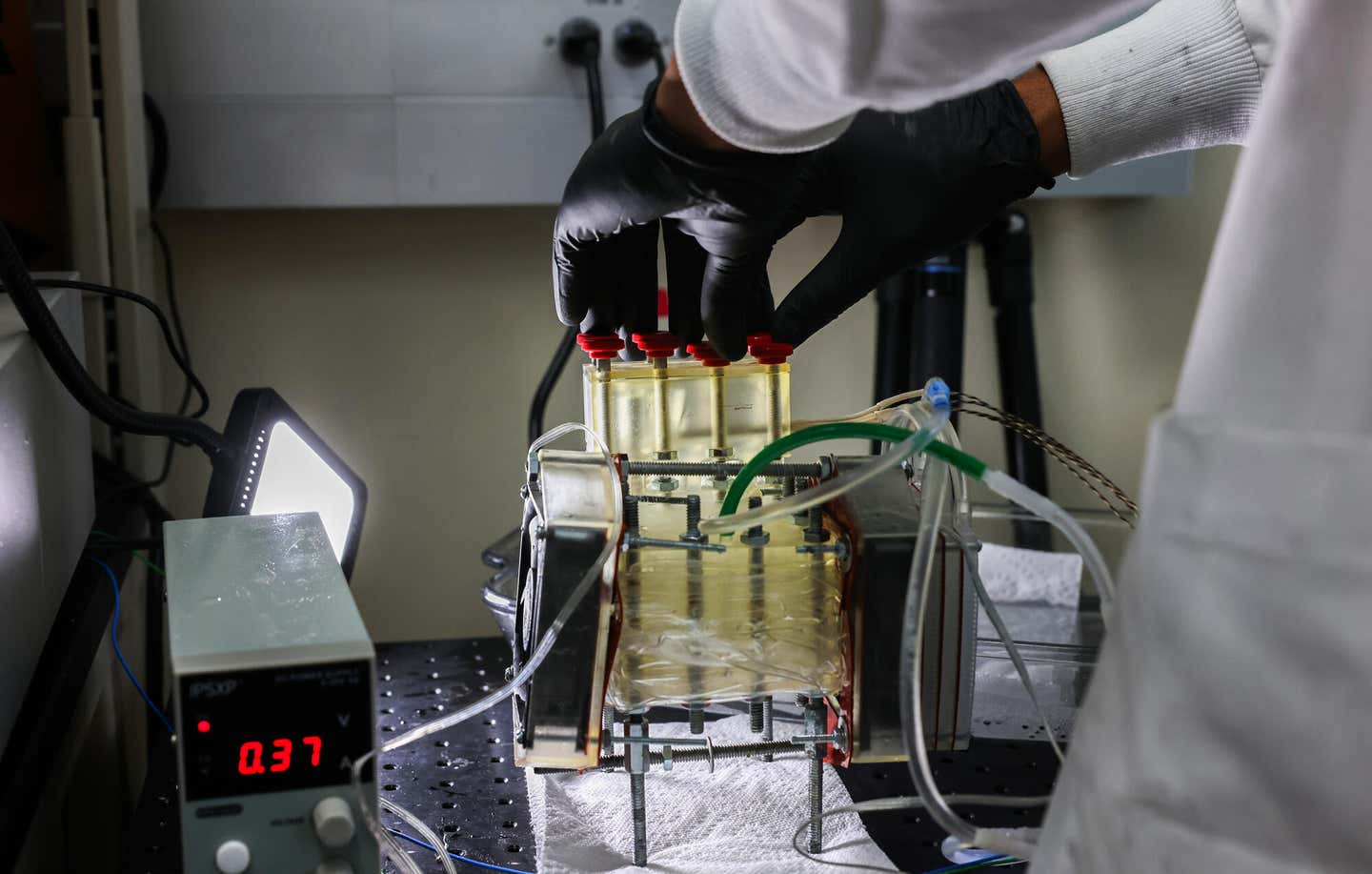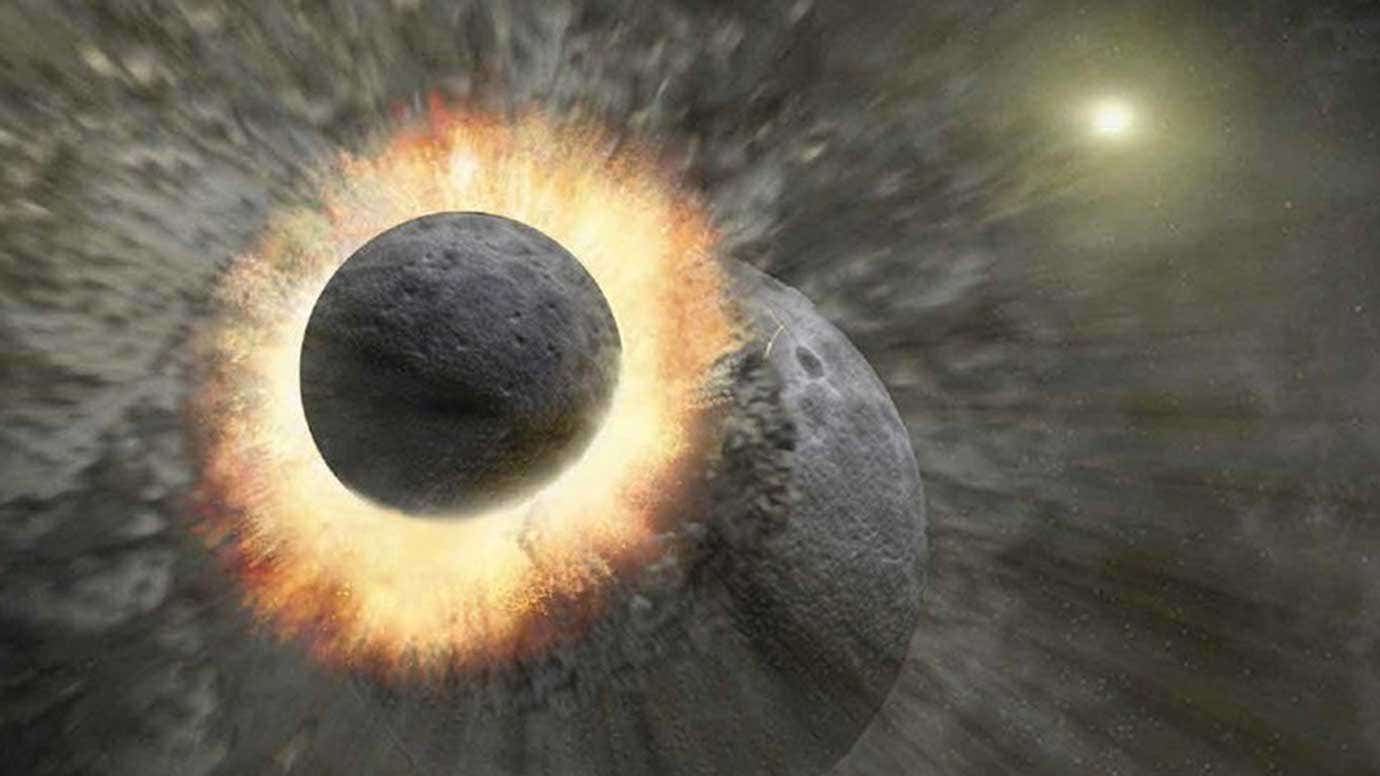Groundbreaking new battery runs on atomic waste
Researchers are turning nuclear waste into power using innovative batteries that convert radiation into electricity for sensors and deep-space tech.

Scientists are transforming nuclear waste into a power source using nuclear batteries. (CREDIT: CC BY-SA 4.0)
Nuclear batteries harness energy from radioactive decay, converting it into electricity. These devices are ideal for long-term, maintenance-free power generation in extreme environments. They support applications in deep space exploration, oceanic research, medical implants, the Internet of Things, and even nuclear waste management.
One approach to energy conversion involves the Seebeck effect, which transforms thermal energy from decaying isotopes into electricity. This principle powers radioisotope thermoelectric generators (RTGs) like those used in NASA’s deep-space missions.
Another method relies on ionization, where radiation interacts with semiconductors to produce electric currents. Devices designed this way are classified as alphavoltaic, betavoltaic, gammavoltaic, or neutronvoltaic, depending on the radiation type.
The first study on nuclear batteries dates back to the 1950s, when researchers tested a device using strontium-90, achieving a power output of 0.8 micro-watts with an efficiency of just 0.4%. Since then, progress has been slow, with conversion efficiencies for nuclear batteries typically hovering between 1% and 3%.
Recent advancements have increased efficiency, with an alpha voltaic battery using gallium nitride achieving 4.51% efficiency and a betavoltaic battery with silicon carbide reaching 18.6%. However, scaling up remains a challenge due to the limited availability of suitable isotopes and the complexities of handling radioactive materials.
Overcoming Energy Limitations
A key issue with nuclear voltaic batteries is fuel supply. Tritium, a commonly used isotope, has a global inventory of about 20 kilograms, with only a fraction available for commercial applications.
Assuming just 1% of the supply is usable, a tritium-based battery would generate only 6 watts of power globally. Even with a generous 10% conversion efficiency, such devices remain viable only for low-power applications.
Related Stories
Instead, researchers are exploring an alternative: harvesting ambient radiation from nuclear waste. High-energy radiation from fission and fusion processes is abundant, making it a promising power source for nuclear batteries.
By coupling scintillator crystals—materials that emit visible light when exposed to radiation—with photovoltaic cells, scientists have demonstrated an efficient way to convert nuclear energy into electricity. This indirect method could lead to power outputs exceeding the milliwatt range, sufficient to operate microelectronics and sensors in high-radiation environments.
A recent study by researchers at The Ohio State University took this concept further. They developed a prototype nuclear photovoltaic battery, about four cubic centimeters in size, designed to capture gamma radiation from spent nuclear fuel.
The device was tested using cesium-137 and cobalt-60, two common fission byproducts. When exposed to cesium-137, the battery produced 288 nanowatts of power. With cobalt-60, it reached 1.5 microwatts—enough to power tiny sensors.
Turning Nuclear Waste into Energy
Nuclear power plants generate about 20% of the electricity in the United States and produce minimal greenhouse gas emissions. However, they also create radioactive waste, which poses serious disposal challenges. Converting this waste into usable energy could provide a new avenue for sustainability.
“This technology allows us to turn something considered waste into a resource,” said Raymond Cao, lead author of the study and a professor in mechanical and aerospace engineering at Ohio State. The research, published in Optical Materials: X, highlights a unique approach that could transform how we utilize nuclear waste.
One advantage of this new nuclear battery is that it does not incorporate radioactive material directly, making it safe to handle. Unlike conventional nuclear batteries, which rely on solid isotopes, this device captures radiation emitted by existing nuclear waste. This makes it especially useful in nuclear waste storage pools, reactor sites, and deep-space missions, where high-radiation conditions already exist.
Another key factor in the battery’s efficiency is the scintillator crystal. Researchers found that crystal size and shape impact the final energy output. A larger crystal absorbs more radiation, generating more light and boosting power conversion.
“These are breakthrough results in terms of power output,” said Ibrahim Oksuz, a co-author of the study and a research associate in mechanical and aerospace engineering. “The next step involves scaling up the technology to generate greater wattage.”
The Road to Large-Scale Application
For now, these nuclear batteries are designed for specialized environments rather than public use. Their longevity and resilience make them ideal for locations where conventional power sources are impractical. They could operate for decades without maintenance, making them suitable for deep-sea monitoring, space probes, and remote sensors.
However, scaling up remains a challenge. Manufacturing costs are high, and long-term performance testing is needed to determine battery lifespan and efficiency under real-world conditions.
Cao emphasized the need for continued research, stating, “The nuclear battery concept is very promising. There’s still room for improvement, but this approach could carve out an important space in energy production and sensor technology.”
If successful, these batteries could redefine how nuclear waste is managed, turning hazardous byproducts into a sustainable power source. With further development, they might one day contribute to energy solutions in ways that extend far beyond their initial purpose.
Note: Materials provided above by The Brighter Side of News. Content may be edited for style and length.
Like these kind of feel good stories? Get The Brighter Side of News' newsletter.
Joshua Shavit
Science & Technology Writer | AI and Robotics Reporter
Joshua Shavit is a Los Angeles-based science and technology writer with a passion for exploring the breakthroughs shaping the future. As a contributor to The Brighter Side of News, he focuses on positive and transformative advancements in AI, technology, physics, engineering, robotics and space science. Joshua is currently working towards a Bachelor of Science in Business Administration at the University of California, Berkeley. He combines his academic background with a talent for storytelling, making complex scientific discoveries engaging and accessible. His work highlights the innovators behind the ideas, bringing readers closer to the people driving progress.



